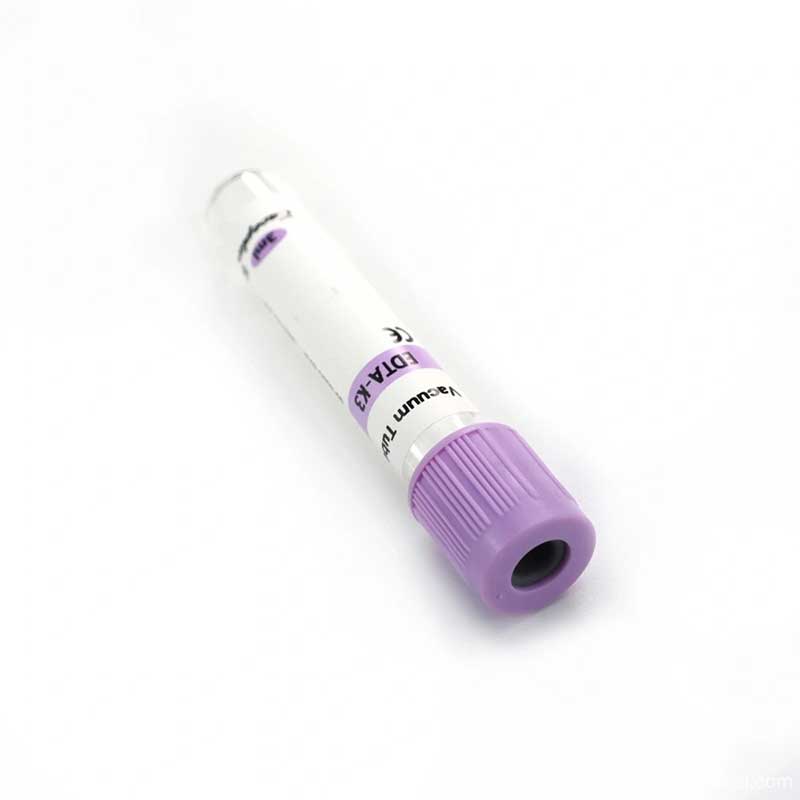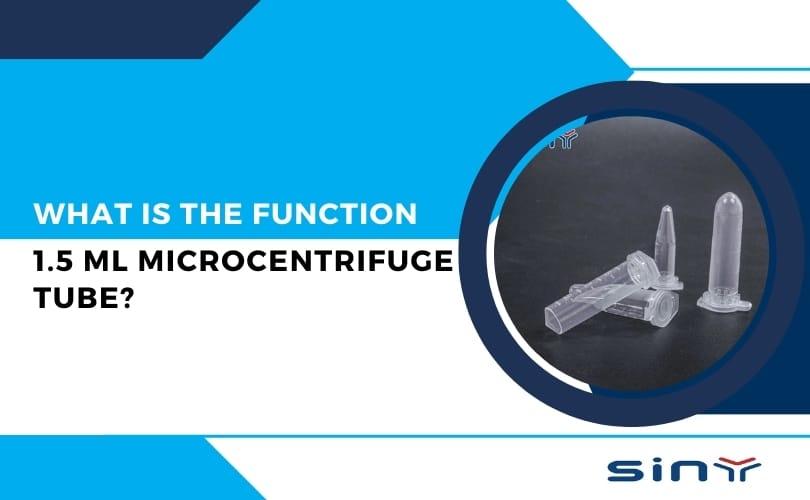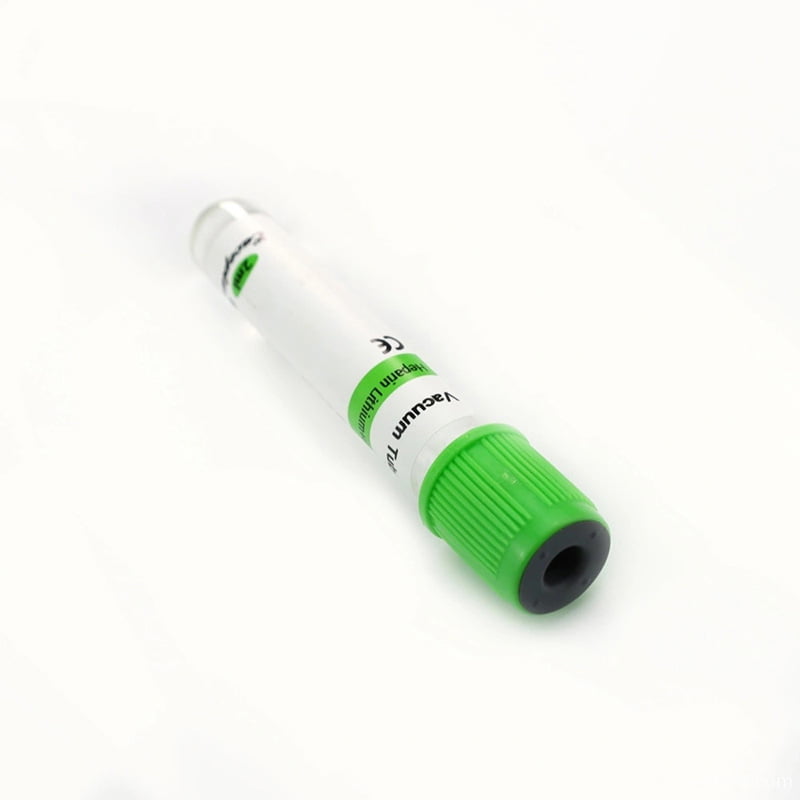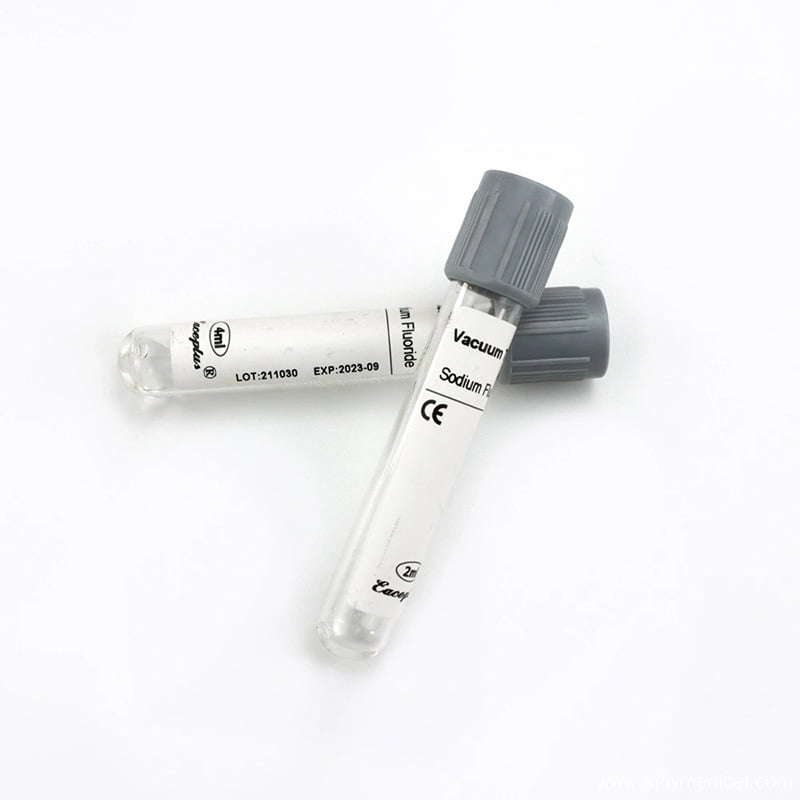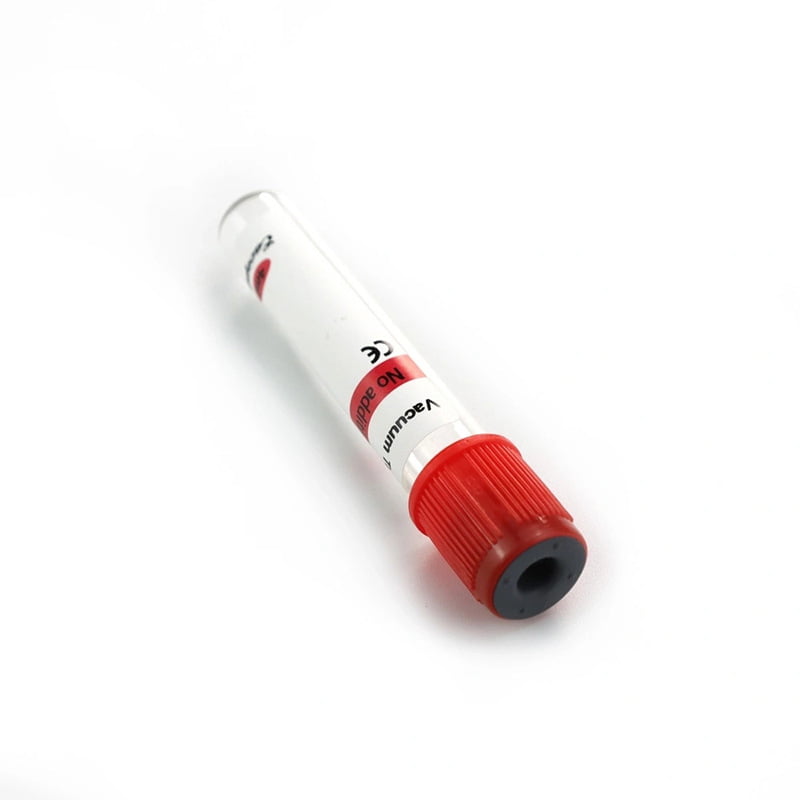Cryopreservation, a process that involves preserving biological materials at extremely low temperatures, has revolutionized various fields, from scientific research to medical applications. At the heart of this transformative practice are Cryo Tubes and Liquid Nitrogen, two indispensable elements ensuring the success of cryopreservation endeavors.
Table of Contents
- 0.1 Introduction
- 0.2 Understanding the properties of liquid nitrogen
- 0.3 The role of cryo tubes in maintaining the temperature and integrity of liquid nitrogen
- 0.4 Different types of cryo tubes and their features
- 0.5 How to choose the right cryo tube for your needs
- 0.6 Proper handling and storage of cryo tubes
- 0.7 Avoid when using cryo tubes
- 0.8 Tips for maximizing the longevity of liquid nitrogen with cryo tubes
- 0.9 Maintenance and cleaning of cryo tubes
- 1 Features Enhancing Cryo Tube Functionality
- 2 FAQs
Introduction
Step into the world of cryo tubes and discover how these innovative vessels ensure the integrity and longevity of liquid nitrogen. Whether you’re a scientist, researcher, or medical professional, understanding the importance of Cryo Tubes and Liquid Nitrogen in preserving your valuable samples is paramount.
Why are cryo tubes indispensable in scientific and medical laboratories? How do they protect samples from damage caused by extreme temperatures? We’ll answer these questions and more as we explore the features and benefits of cryo tubes.
From their durable construction to their reliable sealing mechanisms, cryo tubes are designed to withstand the harshest cryogenic conditions. By maintaining an optimal environment for liquid nitrogen storage, these tubes ensure that your samples remain intact and can be accessed whenever needed.
Understanding the properties of liquid nitrogen
Liquid nitrogen, with its extremely low temperature of -196 degrees Celsius (-321 degrees Fahrenheit), is a commonly used cryogenic liquid in scientific and medical laboratories. Its ability to maintain low temperatures makes it ideal for preserving biological samples, cell cultures, and other sensitive materials.
Cryo tubes play a crucial role in maintaining the temperature and integrity of liquid nitrogen. These tubes are specifically designed to withstand the extreme cold and prevent any damage to the stored samples. Let’s explore how cryo tubes achieve this feat.
The role of cryo tubes in maintaining the temperature and integrity of liquid nitrogen
Cryo tubes are carefully engineered to provide a reliable and secure environment for the storage of liquid nitrogen. They are made from high-quality materials such as polypropylene or polyethylene, which have excellent insulation properties. This helps to minimize heat transfer between the samples and the surrounding environment, keeping the temperature stable and preventing any unwanted fluctuations.

Cryo tubes also feature airtight sealing mechanisms. This ensures that there is no leakage of liquid nitrogen, which could lead to a loss of samples or a decrease in the efficiency of the cryogenic storage. The sealing mechanisms, such as screw caps or O-rings, create a tight seal that prevents any air or moisture from entering the tube, further safeguarding the integrity of the stored samples.
Different types of cryo tubes and their features
Cryo tubes come in various shapes and sizes to accommodate different sample volumes and storage requirements. The most common types of cryo tubes include vials, microtubes, and cryoboxes. Each type has its unique features and benefits.
Vials are small cylindrical containers that can hold a few milliliters of liquid nitrogen. They are commonly used for storing small biological samples such as DNA, RNA, or proteins. Vials usually have screw caps or snap caps for secure sealing and are available in different colors for easy sample identification.
Microtubes, on the other hand, are smaller in size and can hold only a few microliters of liquid nitrogen. They are often used for storing small volumes of cells, enzymes, or reagents. Microtubes typically have snap caps or push caps that provide a tight seal and are compatible with various laboratory instruments.
Cryoboxes are larger containers that can hold multiple cryo tubes. They are used for organizing and storing a large number of samples compactly and efficiently. Cryoboxes often come with dividers or grids, allowing easy identification and retrieval of specific instances.
How to choose the right cryo tube for your needs
Choosing the right cryo tube for your specific needs is essential to ensure the optimal storage of your samples. Here are a few factors to consider when selecting a cryo tube
Sample volume
Determine the volume of your sample and choose a cryo tube that can accommodate it comfortably. Using a tube that is too large for the model can lead to increased evaporation of liquid nitrogen, while using a tube that is too small may not provide adequate insulation.
Sample type
Different samples have different requirements for storage. For example, biological samples may require a cryo tube with a suitable sealing mechanism to prevent contamination. In contrast, chemical samples may require a tube that is resistant to certain chemicals or solvents. Consider the specific requirements of your samples when choosing a cryo tube.
Compatibility
Ensure that the cryo tube you choose is compatible with your laboratory equipment and protocols. For example, if you plan to use an automated sample handling system, make sure the cryo tube is consistent with the system’s specifications.
Longevity
Consider the expected lifespan of your samples and choose a cryo tube that can provide the necessary durability and longevity. Some cryo tubes are designed for long-term storage, while others are more suitable for short-term storage or transportation.
Proper handling and storage of cryo tubes
Proper handling and storage of cryo tubes are crucial to maintain the integrity and longevity of liquid nitrogen and the stored samples. Here are some fundamental guidelines to follow:
Always wear appropriate personal protective equipment.
Such as gloves and goggles when handling cryo tubes and liquid nitrogen. Remember that liquid nitrogen is extremely cold and can cause frostbite or severe burns if it comes into contact with the skin or eyes.
When transferring samples into cryo tubes
Ensure that the tubes are properly labeled and that the models are correctly identified. This will help prevent mix-ups and ensure easy retrieval of specific samples when needed.
When placing cryo tubes in storage racks or cryo-boxes
Ensure that they are arranged in an organized and secure manner. This will prevent any accidental damage to the tubes or the samples inside.
Store cryo tubes
A dedicated cryogenic freezer or dewar flask that is specifically designed for the storage of liquid nitrogen. These containers are equipped with insulation materials and temperature controls to maintain a stable and low temperature.
Avoid when using cryo tubes
While cryo tubes are designed to provide a reliable and secure storage solution, some common things could be improved in order to maintain the integrity of the stored samples. Here are a few mistakes to avoid when using cryo tubes
Overfilling the cryo tube
It is essential to fill the cryo tube sparingly, as this can lead to increased pressure and the risk of leakage. Leave some headspace to allow for the expansion of the liquid nitrogen.
Storing cryo tubes in a non-cryogenic freezer
Cryo tubes should only be stored in freezers or dewar flasks that are specifically designed for cryogenic storage. Using a regular freezer can result in temperature fluctuations, which can damage the samples.
Opening the cryo tube too frequently
Each time you open the cryo tube, you expose the samples to warm air, which can cause condensation and negatively affect the integrity of the stored samples. Minimize the frequency of opening the tube unless necessary.
Not correctly sealing the cryo tube
Ensure that the cryo tube is tightly sealed to prevent any leakage of liquid nitrogen. Improper sealing can result in sample loss and decreased efficiency of cryogenic storage.
Tips for maximizing the longevity of liquid nitrogen with cryo tubes
To ensure the longevity of liquid nitrogen and the integrity of the stored samples, here are some tips to consider:
| Model No. | Cryovial Tubes |
| Support Customization | Oem |
| HS Code | 3926909090 |
| Production Capacity | 2000000000 |
| Certification | Ce, Iso |
| Material | Plastic |
| Desc1 | Disposable Laboratory Supply |
| Usage | Test Tube |
| Transport Package | 200PCS/ Rack, 4000PCS/ CTN |
| Specification | 1ml 1.5ml 2ml 5ml |
| Payment Type | L/C,D/P,D/A,Paypal,T/T |
| Incoterm | FOB,CFR, CIF,EXW, FAS, FCA |
| Transportation | Ocean, Land, Air, Express |

1. Regularly monitor the liquid nitrogen levels in your cryo tubes and refill as necessary. Maintaining adequate levels of liquid nitrogen is essential to prevent any temperature fluctuations.
2. Inspect the cryo tubes regularly for any signs of wear or damage. Replace any tubes that show signs of deterioration or compromised sealing mechanisms.
3. When transporting cryo tubes, use insulated containers or dewar flasks that can maintain a low temperature. Avoid exposing the tubes to direct sunlight or extreme temperatures.
4. Keep a record of the storage conditions and any maintenance performed on the cryo tubes. This will help track the history of the tubes and ensure proper documentation for quality control purposes.
Maintenance and cleaning of cryo tubes
Regular maintenance and cleaning of cryo tubes are essential to ensuring their optimal performance and longevity. Here are some guidelines to follow:
Clean the cryo tubes regularly using.
Appropriate cleaning solutions and techniques. Ensure that all traces of contaminants, such as biological or chemical residues, are removed from the tubes.
Inspect the sealing mechanisms.
The cryo tubes and replace any damaged or worn-out parts. Proper sealing is crucial to prevent the leakage of liquid nitrogen and maintain the integrity of the stored samples.
Store the cryo tubes.
A clean and dry environment to prevent the accumulation of moisture or contaminants. Avoid storing them near sources of heat or direct sunlight.
Follow the manufacturer’s instructions for any specific maintenance or cleaning procedures. Different types of cryo tubes may have other requirements, so it is essential to follow the recommended guidelines.
Features Enhancing Cryo Tube Functionality
Barcode Integration
In the age of efficient laboratory management, barcode integration stands as a revolutionary feature in Cryo Tubes. This functionality facilitates seamless sample tracking and retrieval processes. Laboratories dealing with a high volume of samples benefit significantly from the precision and speed that barcode integration offers. It minimizes errors in identification, streamlines workflows, and enhances overall operational efficiency.
Color-Coding Options
Simplicity meets functionality with Color-Coding Options in Cryo Tubes. This feature involves assigning distinct colors to different types of tubes, simplifying the identification of samples. In labs handling a diverse range of materials, color-coding ensures a quick and accurate visual cue, reducing the chances of errors. Researchers can swiftly navigate through their inventory, saving valuable time and avoiding potential mix-ups.
Tamper-Proof Seals
Ensuring the integrity and security of stored samples, Tamper-Proof Seals have become a vital feature in Cryo Tubes. This functionality prevents unauthorized access and tampering, which is especially crucial when dealing with sensitive or confidential materials. Laboratories can maintain the confidentiality of ongoing research projects and clinical trials, safeguarding the authenticity and reliability of their stored samples. The tamper-proof seals add an extra layer of protection, instilling confidence in the reliability of the cryopreservation process.
Conclusion: The importance of using cryo tubes for the safe and efficient storage of liquid nitrogen.
In conclusion, cryo tubes are indispensable tools in scientific and medical laboratories for the storage of liquid nitrogen and the preservation of valuable samples. Their durable construction, reliable sealing mechanisms, and insulation properties ensure that the stored samples remain intact and can be accessed whenever needed.
By understanding the properties and requirements of your samples, as well as the features and benefits of different types of cryo tubes, you can choose the right solution for your specific needs. Proper handling, storage, and maintenance of cryo tubes are crucial to maximize the longevity of liquid nitrogen and the integrity of the stored samples.
So, whether you’re storing biological specimens, cell lines, or enzymes, investing in high-quality cryo tubes is a prudent choice. These innovative vessels provide the necessary protection and stability for your valuable research, ensuring that your samples remain intact and your scientific endeavors can continue unhindered.
FAQs
Are all Cryo Tubes compatible with Liquid Nitrogen?
Most Cryo Tubes are compatible, but it’s crucial to check for specific product specifications.
Can I use Cryo Tubes for short-term storage?
Yes, many types are suitable for short-term storage, offering flexibility based on research needs.
What’s the significance of color-coding in Cryo Tubes?
Color coding aids in quick and accurate sample identification, enhancing overall lab efficiency.
Are tamper-proof seals necessary for all research applications?
While not mandatory, tamper-proof seals are essential when dealing with confidential or sensitive materials.
How often should Cryo Tubes undergo maintenance?
Regular inspections are recommended, but the frequency may vary based on usage and environmental conditions.

